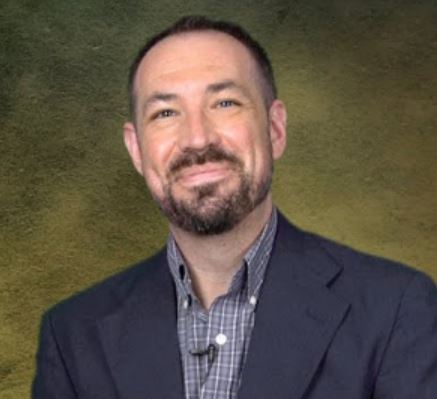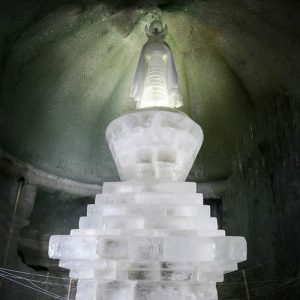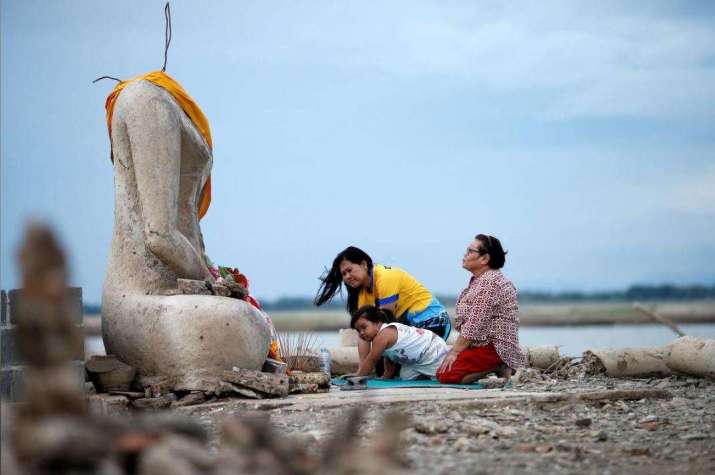
Thousands of Buddhist pilgrims are trekking to a long-lost temple that was recently revealed in the middle of a reservoir in central Thailand. The temple, Wat Nong Bua Yai, in Lopburi Province was submerged underwater when the dam was built some 20 years ago. Now, as water levels have fallen to a historic low of just 3 per cent of the reservoir’s capacity, both monastics and lay Buddhists are visiting the exposed remains of the site, which include a three-meter-tall headless Buddha statue that has already been offered a fresh set of robes by local devotees.
Yotin Lopnikorn, the 38-year-old headman of a local village, recalled visited the temple with his friends as a child: “When I was young, I always came to meet friends at the elephant sculptures in front of the main building to play there.” (Reuters)
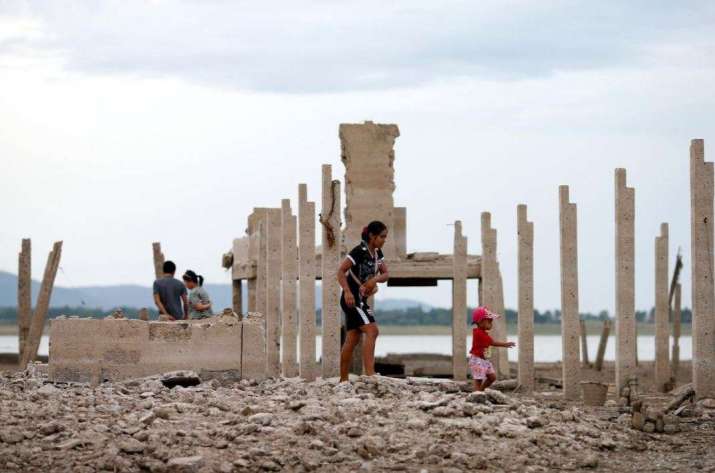
Visitors walked through the rubble of the former temple grounds, which are now littered with dead fish. The temple, like many in Southeast Asia, had been a focal point for the social life of the local community. There are approximately 30,000 Buddhist temples in Thailand. Many Thais spend Buddhist holidays in and around their local temples, creating lifelong connections. Spread out around the remnants of Wat Nong Bua Yai are the remains of the 700 households that once comprised a town. As he wandered the area, Yotin remarked: “This is the second time I have seen the temple in this condition. Now I think we need to save this place.” (Reuters)
While many see the emergence of the temple as a blessing, farmers in much of Thailand are describing the current drought as the worst in living memory. “I’ve never seen such a drought in 50 years. This is supposed to be the wet season,” said Kattaya Oon-klom, 54, a farmer in the province of Nakhon Phanom who relies on the Songkhram River for farming. (Khaosod English)
The University of Thai Chambers of Commerce (UTCC) estimates that this year’s drought has affected approximately 1,330 square kilometers of farmland, most of which is used to cultivate rice, with initial damage estimates at about 10 billion baht (US$325,000).
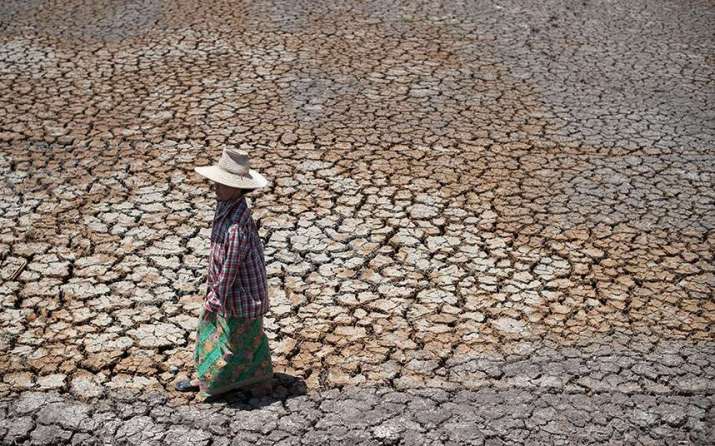
The rainy season in Thailand usually begins in May or June. However, this year has seen record low precipitation so far. “The temple is normally covered by water. In the rainy season you don’t see anything,” said one of the visitors, Somchai Ornchawiang, a 67-year-old retired teacher. (Reuters)
Seree Supratid, director of the Climate Change and Disaster Center at Rangsit University attributed the drought to two factors: less rain this year and unregulated water usage for agriculture. “The effects will be the harshest in the northeast and north,” Seree said. “And if rain doesn’t fall by August and September, there will be worse repercussions since we won’t have any water supply squared away.” (Khaosod English)
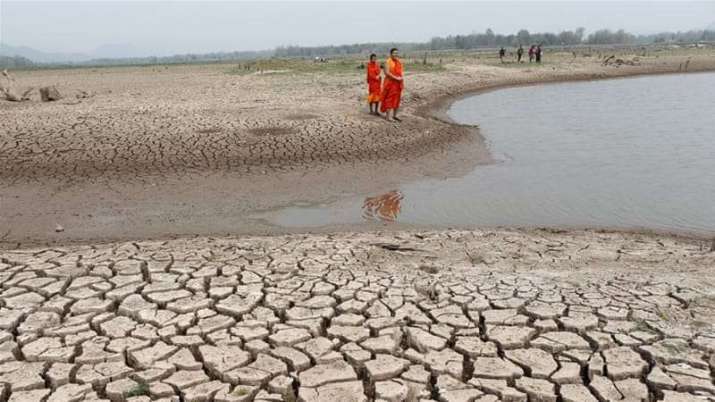
Thailand is a predominantly Theravada Buddhist country, with 94.5 per cent of the population identifying as Buddhists in the 2015 census. Islam and Christianity make up the largest minority religions, at 4.29 per cent and 1.17 per cent, respectively.
See more
Drought reveals lost temple in Thailand submerged by dam (Reuters)
How Dry is the Thai Drought This Year? (Khaosod English)
Drought disaster initial damage estimated 10bn baht (Reliefweb)


